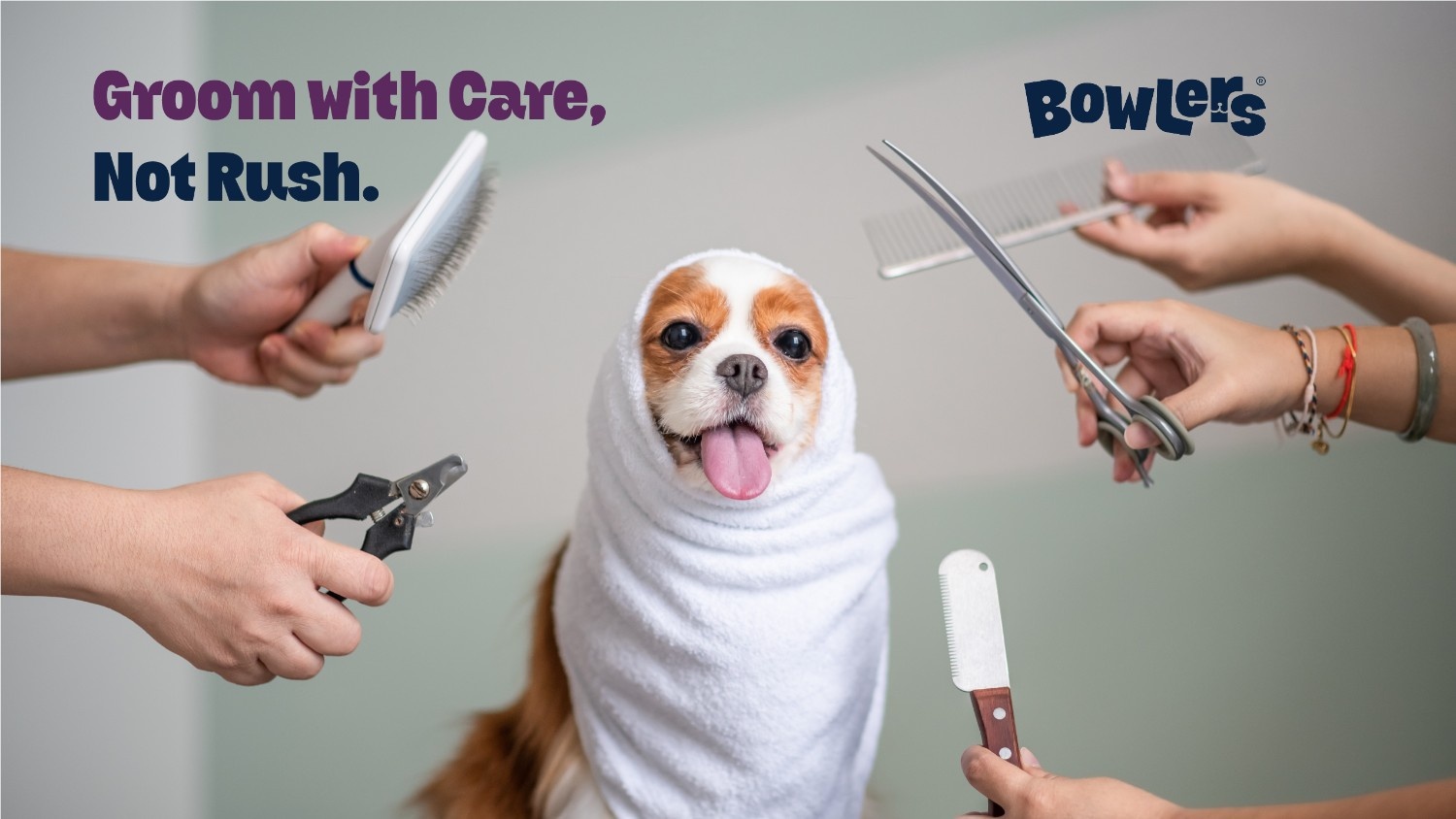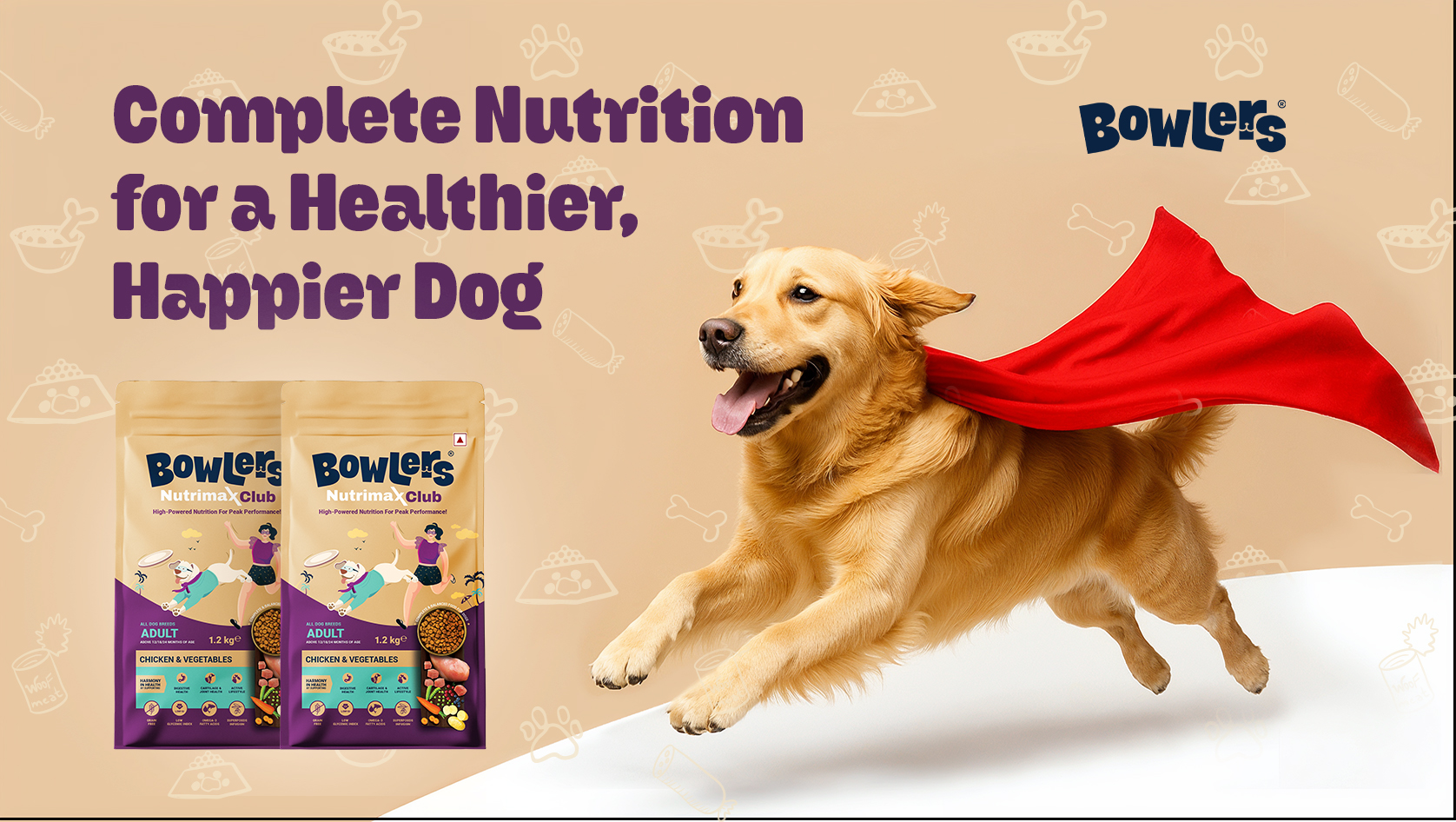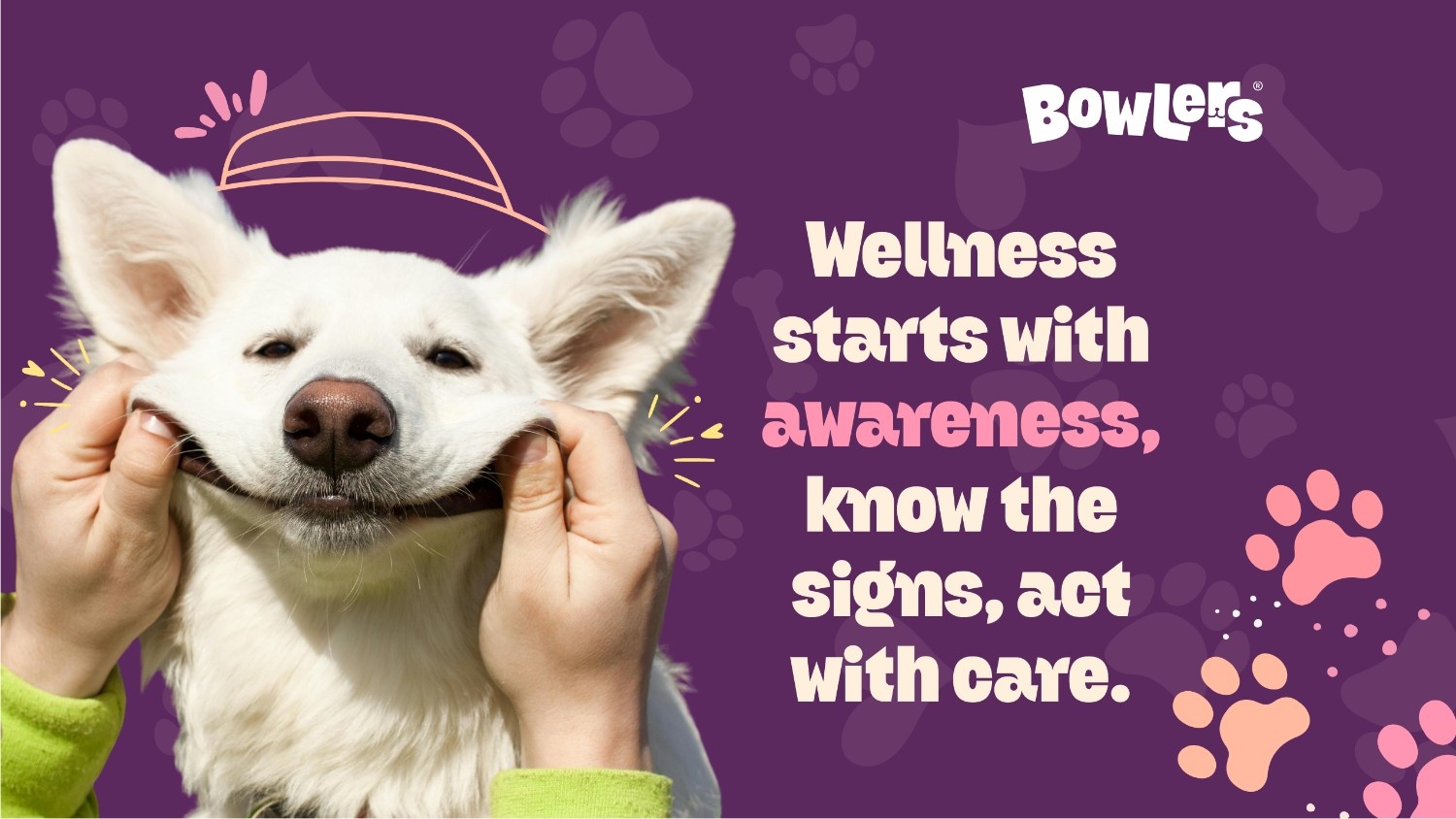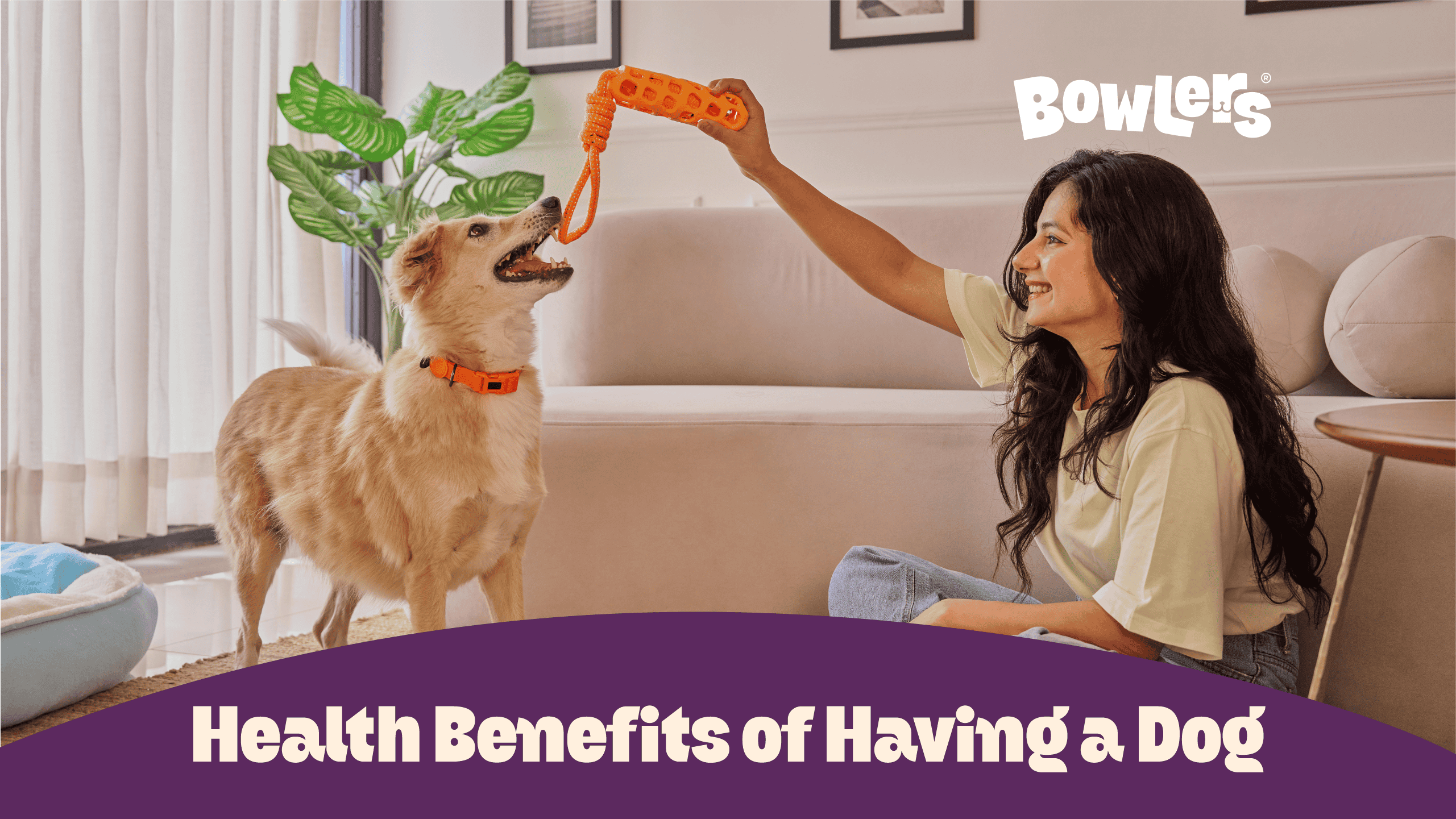10 Grooming Mistakes Dog Parents Make (and How to Avoid Them)

Grooming your dog is more than just keeping them looking neat—it’s about their health, comfort,
and overall well-being. Unfortunately, many well-meaning pet parents make dog grooming mistakes
that can lead to dry skin, infections, or unnecessary stress.
The good news is most of these mistakes are easy to fix once you know what to look for.
Let’s go through the 10 most common grooming errors, plus the safe dog grooming practices to avoid them.
1. Bathing Too Frequently
Many parents assume frequent baths mean a cleaner, healthier dog—but that’s not true.
Over-bathing strips natural oils from your dog’s skin, leaving them itchy, flaky, and uncomfortable.
- Small breeds: may need a bath once every 3–4 weeks.
- Active dogs: who play outdoors may need one every 2 weeks.
- Double-coated breeds: should be bathed less often, with more focus on brushing.
Want a detailed breakdown by breed and lifestyle? Don’t miss our
Dog Bathing Guide
.
2. Using Human Shampoo
- Your shampoo is designed for human pH levels, not dogs. Even “mild” human shampoos can upset the balance of your dog’s skin, causing irritation.
- Always go for organic, chemical-free dog shampoos with natural ingredients like oatmeal, aloe vera, or coconut oil. These are gentle, effective, and safe.
- The American Kennel Club (AKC) also warns against using human shampoos and emphasizes breed-specific needs when bathing.
3. Skipping Brushing
Baths clean your dog, but brushing keeps them healthy. Brushing removes dirt, loose fur,
and prevents matting. It also spreads natural oils through the coat for a healthy shine.
- Short-haired dogs: brush once a week.
- Long-haired dogs: brush every 2–3 days.
- Shedding breeds: use a de-shedding tool during peak shedding seasons.
Tip: Make brushing a bonding session with treats—it builds trust while keeping your dog’s coat healthy.
4. Ignoring Nail Care
Many pet parents wait until nails click on the floor to trim them—but by then, it’s already
uncomfortable for your dog. Long nails can change their posture, leading to joint strain.
- Trim nails every 3–4 weeks.
- If you’re nervous, use a grinder instead of clippers.
- For anxious dogs, trim just a little at a time.
5. Rough Handling During Grooming
Dogs sense your mood. If grooming feels rushed, rough, or stressful, your dog will resist the next time.
- Always handle gently.
- Reward calm behavior with treats.
- Keep sessions short (10–15 minutes) for puppies or anxious pets.
Remember, grooming should feel like care, not a chore.
6. Gentle Hands, Happy Paws
Dogs can sense your energy, so how you touch them matters. Rough or rushed handling can make
them anxious or resistant.
- Handle your dog with calm, gentle movements.
- Support their body properly during baths or nail trims.
- Think of grooming as a bonding moment—soft pats and soothing words go a long way.
6. Not Cleaning Ears Properly
Ears are often overlooked in grooming routines. Dirt, wax, and moisture can cause painful infections if ignored.
- Check ears weekly for odor, redness, or buildup.
- Use a vet-approved ear cleaner with a cotton ball (never deep cotton swabs).
- After swimming or baths, gently dry ears to avoid infections.
7. Forgetting Dental Care
Dental care is a huge part of grooming—yet often ignored. Poor dental hygiene can cause gum disease,
tooth loss, and even affect heart health.
- Brush your dog’s teeth 2–3 times per week with dog-safe toothpaste.
-
Use dental chews or water additives for extra protection—
Chewrope
helps reduce tartar and support healthy teeth and gums. - Annual vet checkups help spot issues early.
8. Using Unsafe Grooming Products
Not all grooming products are safe. Some contain sulfates, parabens, or artificial fragrances
that can irritate your dog’s skin.
Always read labels. Look for eco-friendly, safe dog grooming solutions.
Want to know which essentials are best for coat and skin health? Check out our detailed guide:
Natural Grooming Products Every Dog Parent Should Know
.
9. Set the Scene for Success
The right environment makes grooming a breeze. Loud noises, slippery floors, or unfamiliar tools
can stress your pup.
- Create a quiet, safe, and comfortable grooming spot.
- Introduce brushes, clippers, or sprays gradually, letting your dog sniff and explore first.
- Use non-slip mats and keep all supplies within reach—a smooth setup makes the process easier for both of you.
10. Not Following a Holistic Routine
The biggest mistake? Treating grooming as a stand-alone activity. Grooming works best when paired
with holistic dog care, balanced diet, exercise, mental stimulation, and a safe environment.
For example:
-
A diet rich in omega-3 fatty acids, like
Bowlers Dog Food, promotes shiny coats. - Regular brushing and outdoor play keep skin healthy.
- Stress-free routines lead to a calmer, happier dog.
For the full picture, explore our Complete Guide to Holistic Dog Care & Grooming.
Final Thoughts
Avoiding these dog grooming mistakes can transform grooming from a stressful task
into a joyful bonding experience. Focus on:
- Safe grooming practices (natural products, gentle handling).
- Best grooming routines (balanced bathing, brushing, nail care).
- Holistic pet care tips (linking grooming with nutrition and wellness).
Your dog doesn’t just need grooming to look good—they need it to feel good.
Small changes in your routine can mean healthier skin, a shinier coat,
and a much happier pup.


